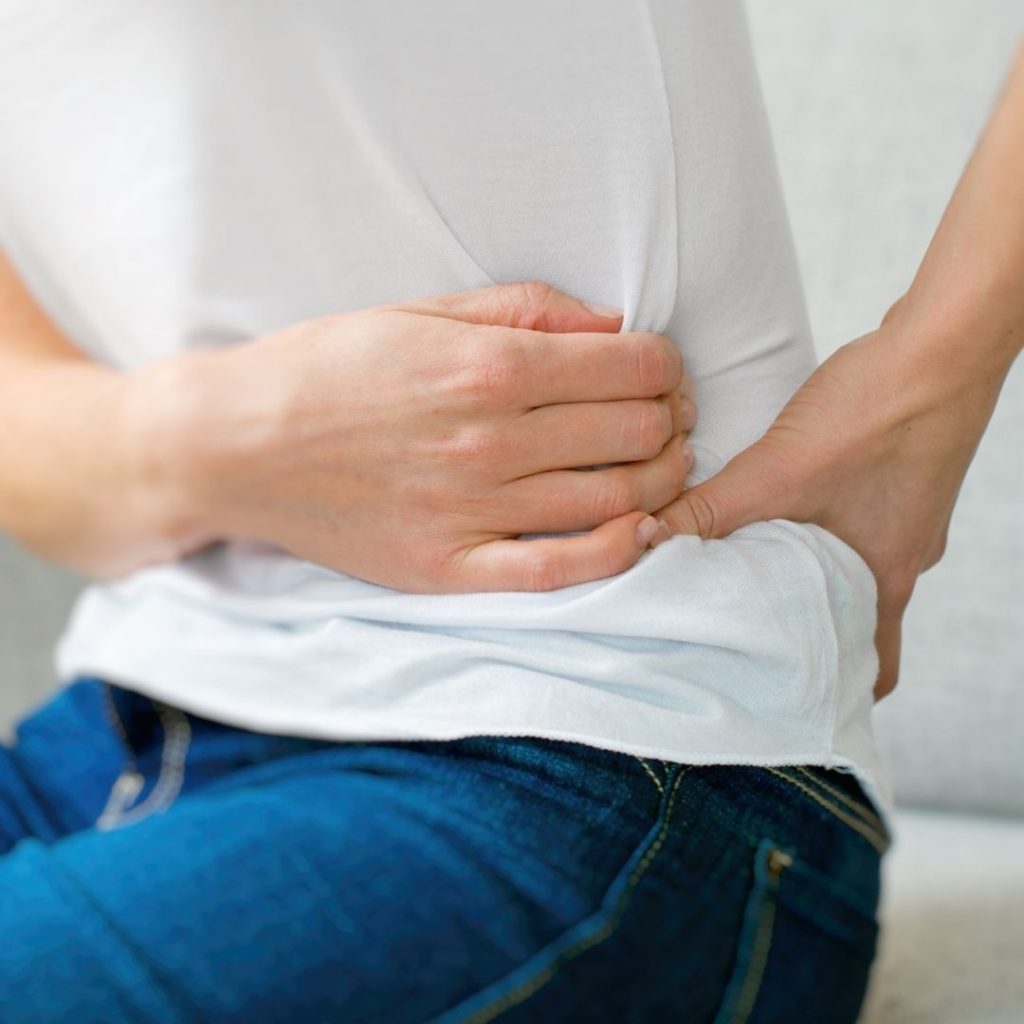Kidney stones occur when dissolved minerals build up inside the kidneys. The stones may pass unnoticed through the urinary tract as the stones were too small, but some grow to the size of a golf ball. These large stones may cause severe pain as they leave the body. If kidney stones remain untreated, then it leads to urinary problems, infections, and kidney damage.
Types of kidney stones -:
There are four types of stone -:
Calcium stones – They were formed when the kidney hold on, to the excess calcium that the muscles and bones do not use, rather than flushing it out of the body.
Uric stones – They result from the lack of water in the body. When there is not enough water present in the body to dilute the uric acid, the urine becomes more acidic.
Struvite stones – They form after a UTI. They consist of magnesium and ammonia.
Cystine stones – It develops when cystine, a substance present in the muscle, builds up in urine. These stones are very rare.
Causes -:
- Drinking too little water – If you are not drinking an adequate amount of water, then there are high chances of getting stones.
- Doing exercise(too much or too little) – Doing exercise is one of the most beneficial and effective activities that can be done in our day-to-day life, but doing strenuous exercise without adequate fluid replacement may increase the risk of kidney stones.
- Obesity – If you are not performing any physical activity or doing exercise daily, then obviously you become obese. High body mass index (BMI), large waist size, and weight gain are responsible for the formation of kidney stones.
- Eating too much salty food – Consuming too much salty food can increase the amount of calcium that your kidney has to filter and significantly increases your risk of kidney stones.
- Consuming too much sugary food – Consuming too much sugary food can lead to weight gain, diabetes, and obesity. People who are suffering from diabetes and obesity are having more chances of getting kidney stones.
Symptoms -:
- Pain while urinating – This happens because the stone now reaches between the bladder and ureter, that is why it pains while urinating.
- Blood in your urine – It is common for those who are dealing with urinary tract stones. The symptom is also called hematuria. Blood can be pink, brown, or red
- Severe Pain – Sharp pain in your back, side part of the body, or lower abdomen.
- Nausea – You will feel an urge to vomit when you have stones in your body.
- A feeling of intense need to urinate – If the stone moves down forward your groin, you will usually feel an urgency to urinate and you will urinate often.
Prevention -:
- Stay hydrated – Drink as much water as you can, you can add lemon juice to your water as it helps to block stone formation
- Eat more calcium-rich foods – It helps in lowering the concentration of oxalate in the urine, So there is less chance it can bind to urinary calcium.
- Eat less sodium – if you consume a high sodium diet it can activate kidney stones because it may increase the amount of calcium in your urine. If you have to prone the stone you should follow low sodium diet.
- Eat less animal protein – Consuming too much animal protein like – red meat, poultry eggs, seafood can boost the level of uric acid and could form stones.
- Avoid vitamin-C supplements – Some studies shows that people who consume vitamin C in the form of supplements can be at a higher risk of kidney stones.
Treatment -:
- Most kidney stones shall pass through the urinary tract on their own with the intake of ample fluid.
- Ketorolac, an injectable anti-inflammatory drug, and narcotics may be used to control the pain.
- Intravenous pain medication can be given when vomiting and nausea are present.
There are 4 types of surgery for treating kidney stones:
- Ureteroscopy – This surgery treats stones in the ureter and kidneys, in this the doctor uses a thin scope to find the stone for the removal.
- Shockwave lithotripsy – It is the most common kidney surgery. It can be done when the size of the stone is medium or small.
- Percutaneous nephrolithotomy – If the size of the stone is large and lithotripsy also cannot break it, then you must go with this surgery. In this, a small tube will reach the stone and break it up with high-frequency sound waves.
- Open stone surgery – Open surgery is a very rare surgery done for stone removal, but if your stone is too big or can’t be crushed or remove with other treatments, then this surgery might be an option.

